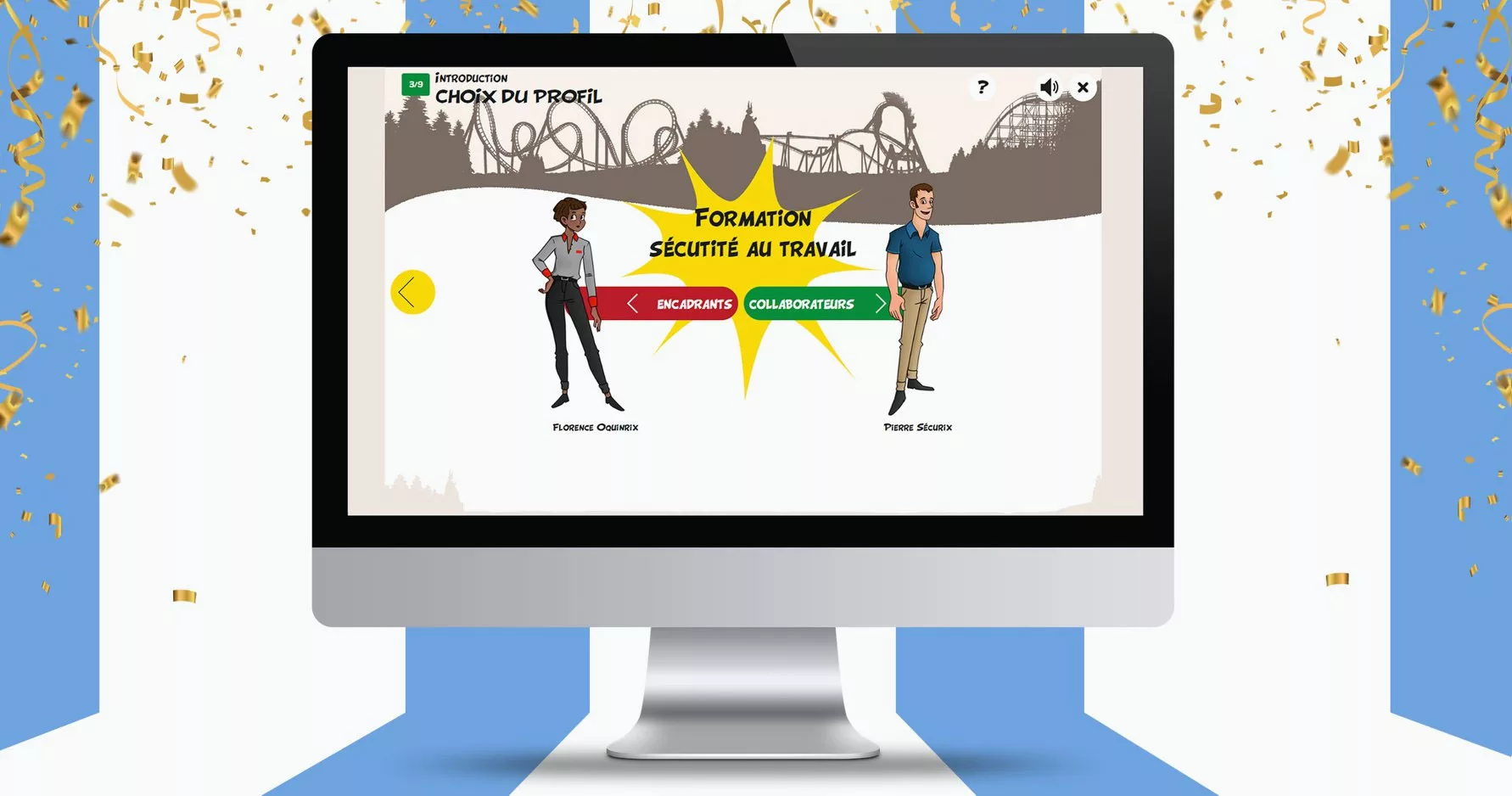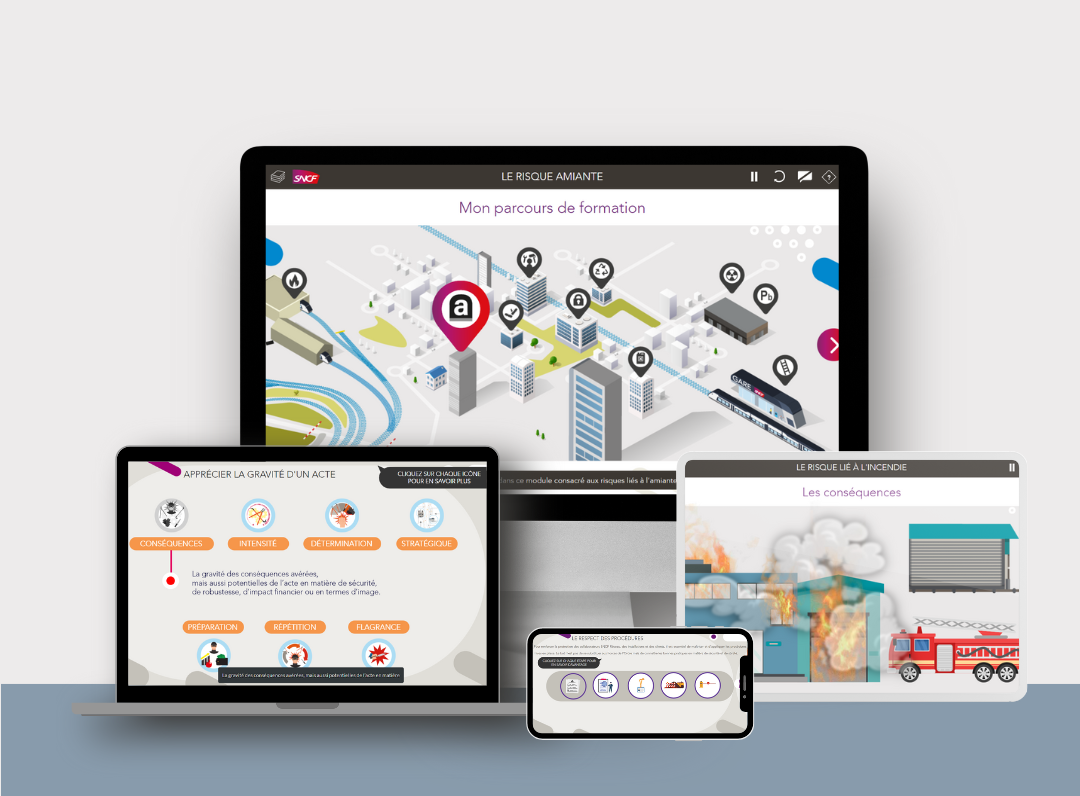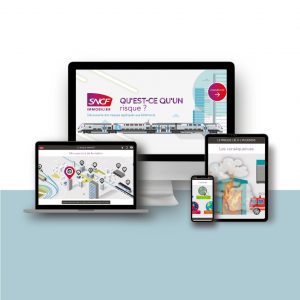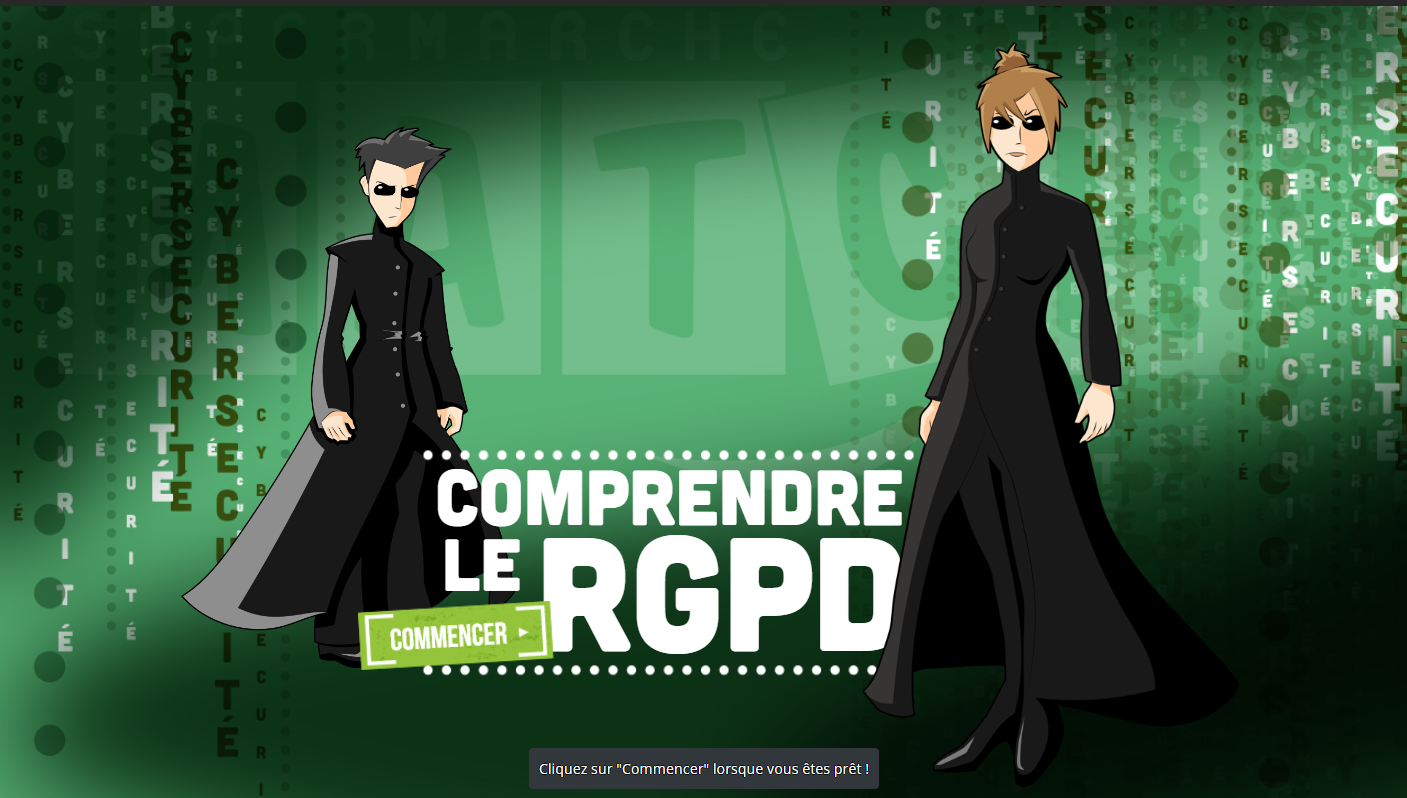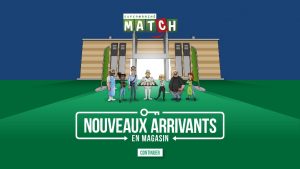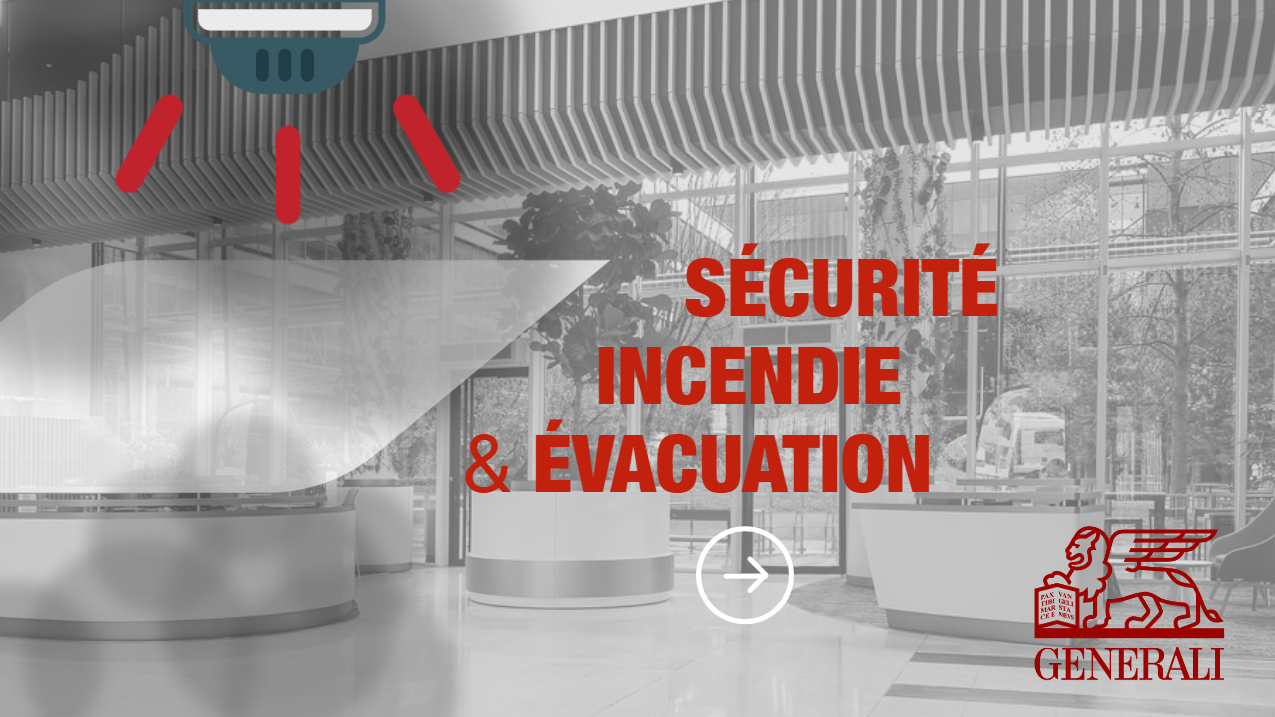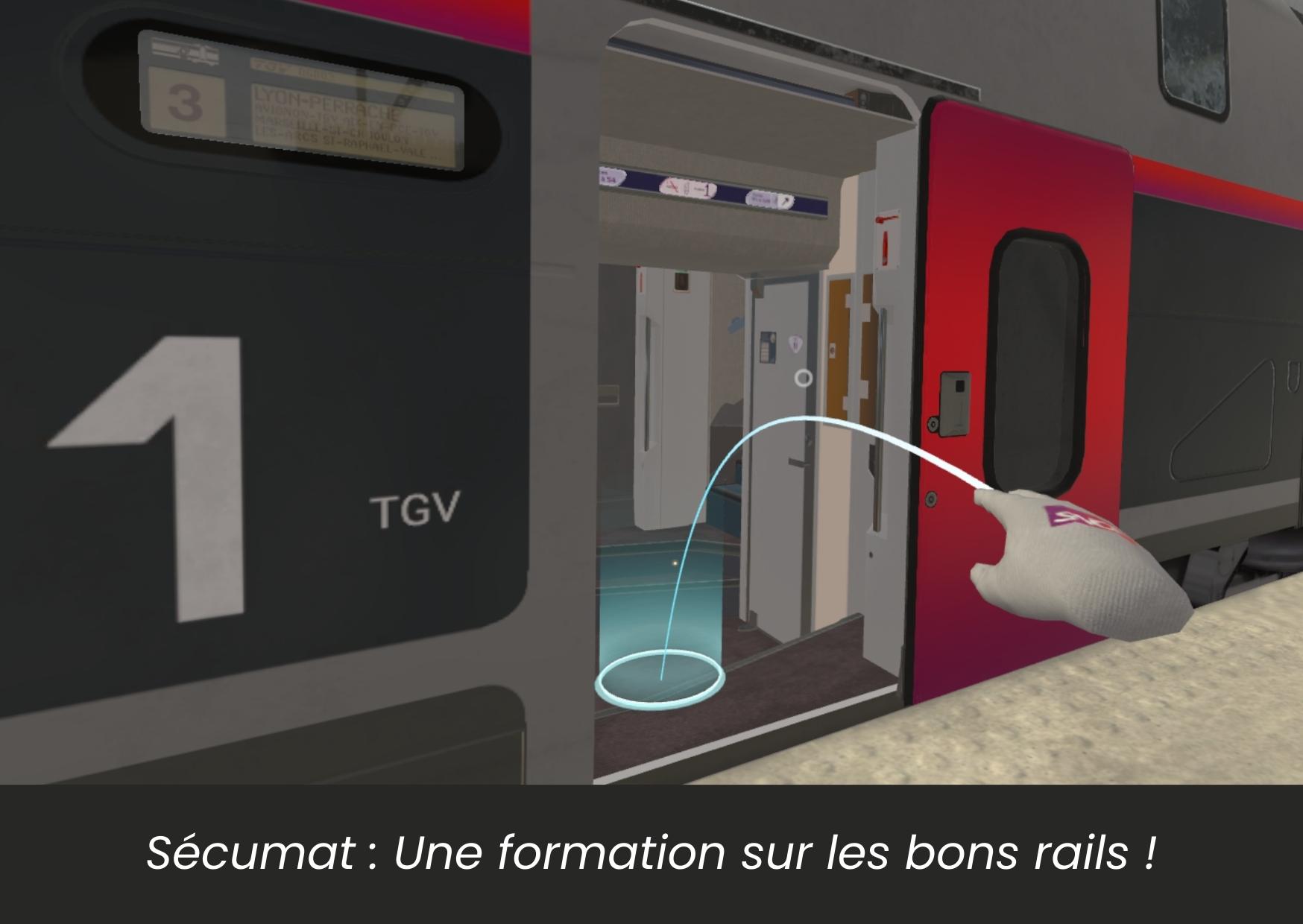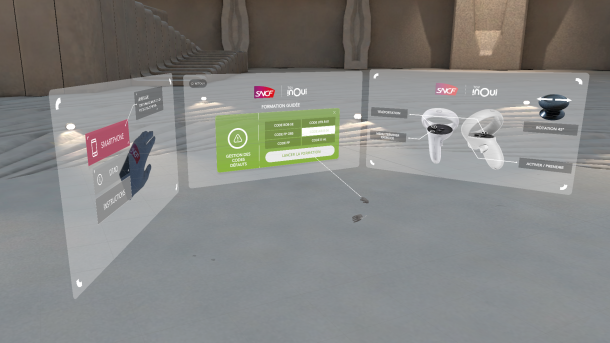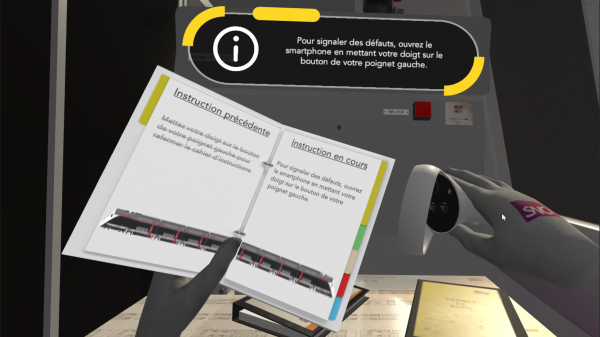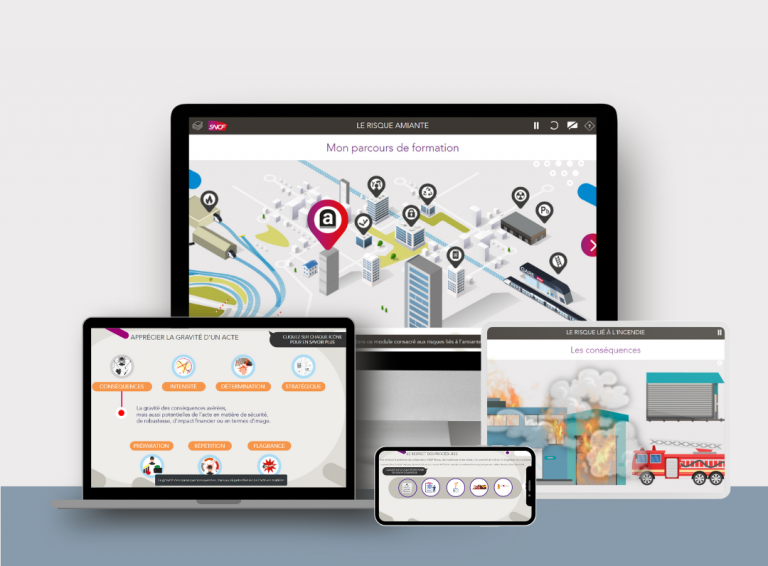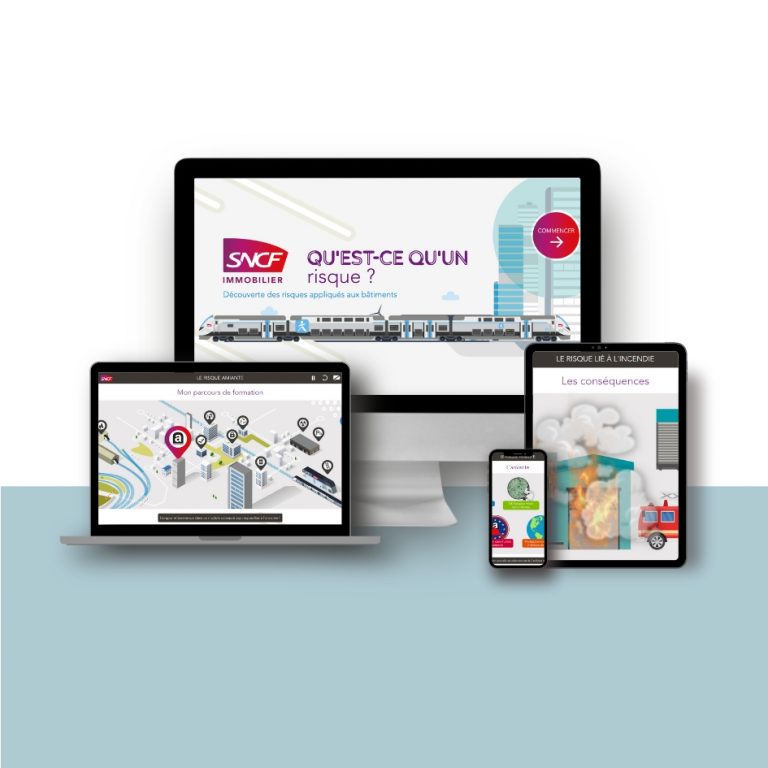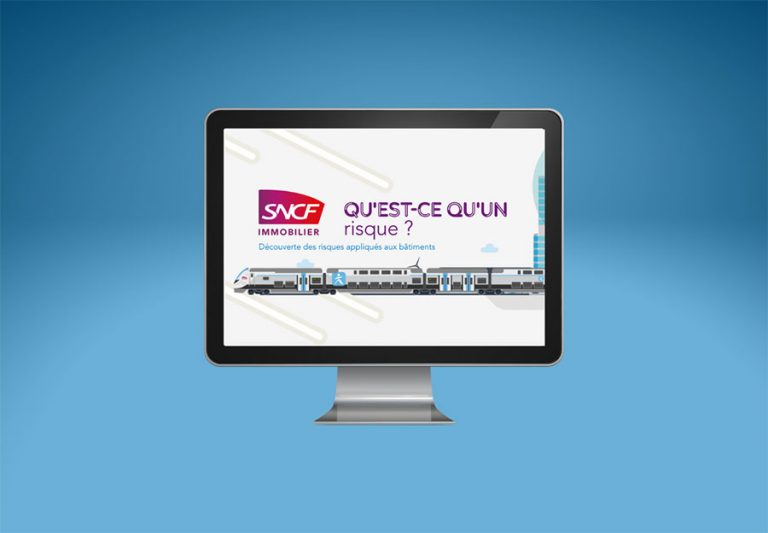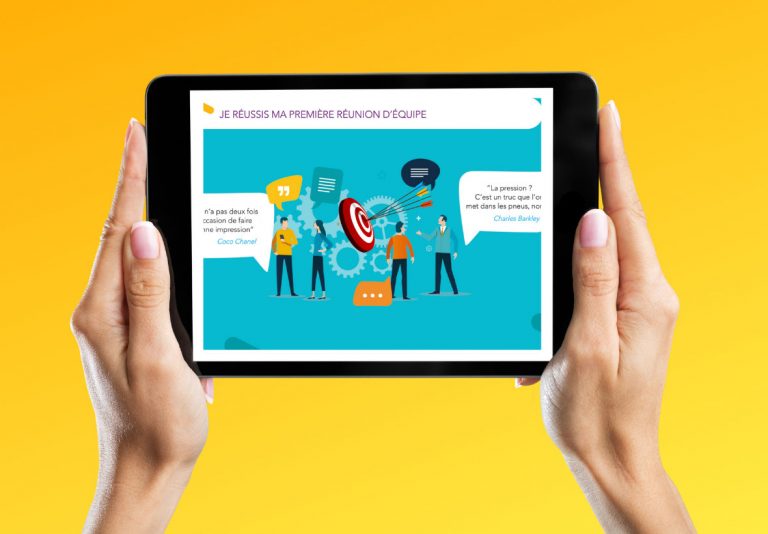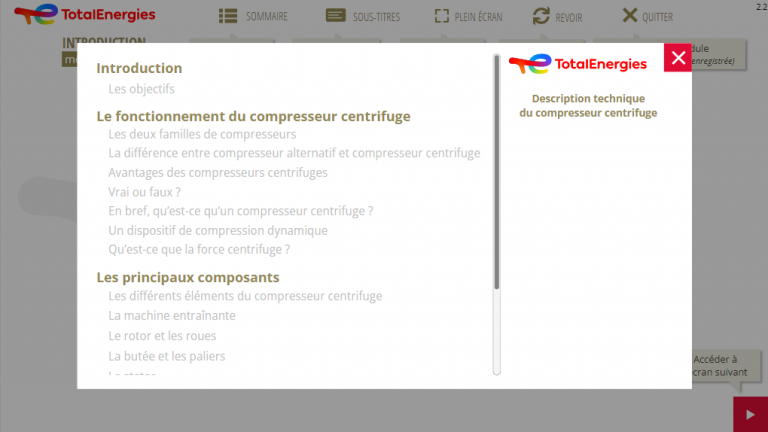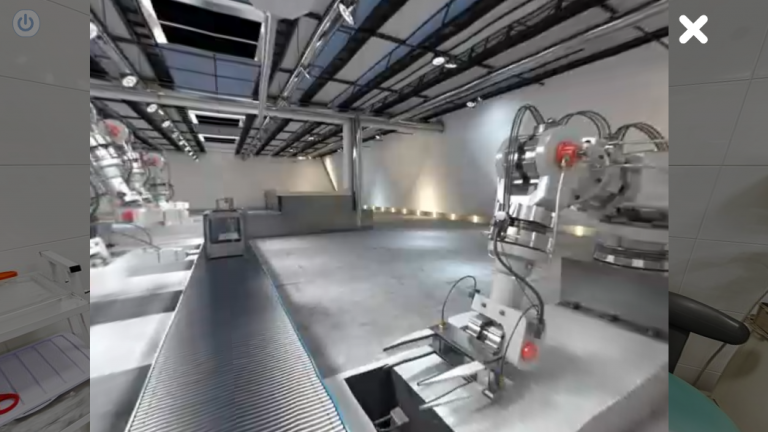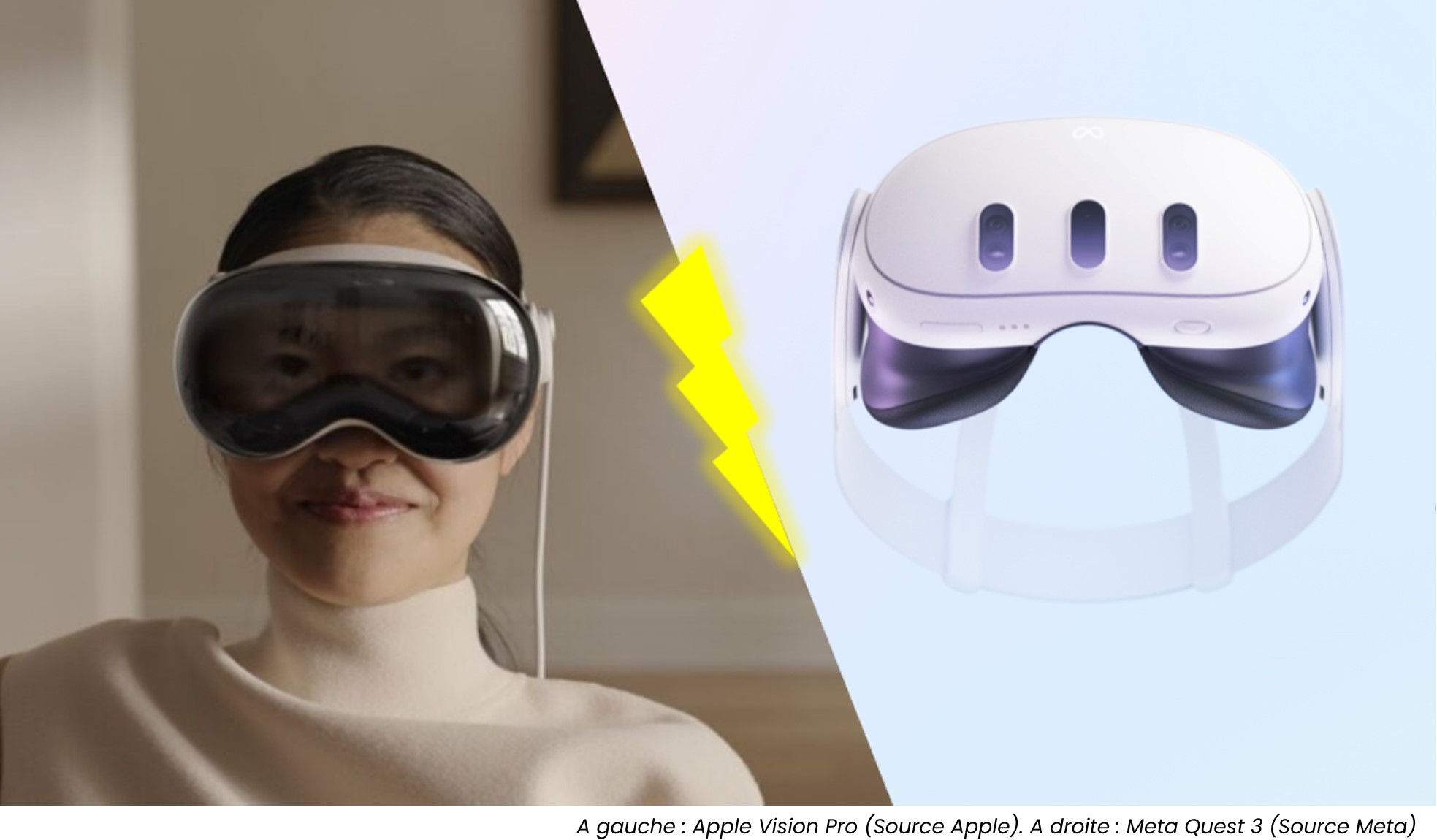Parc Astérix has always strived to offer unforgettable experiences to its visitors while guaranteeing their safety. With this in mind, the park recently launched a major project through two e-learning courses. Its goal is to strengthen the skills of its staff, permanent and seasonal, in terms of safety at work. This initiative is part of a broader approach to developing internal training. It aims to support the growth of the park and to disseminate rigorous standards to ensure visitor satisfaction.
Strengthening security skills for the Gauls
Parc Astérix, a famous amusement park in France, collaborated with Audace to strengthen the safety skills of its staff, whether permanent or seasonal, through an e-learning program. Safety is a top priority for the park. This training is part of the development of internal training. The latter aims to support the growth of the park while disseminating safety standards to ensure visitor satisfaction.
Safety training in game mode: gamification at the amusement park
The training is divided into two distinct modules: “Workplace Safety” and “Fire Safety”. These elearning modules adopt a fun and interactive approach, including activities such as risk recognition, good practices, prevention, and alert methods in the event of an incident. Learners have two possible entries: “Managers” and “Co-workers”. Managers benefit from similar content, but with specific screens to make them aware of their role in the prevention policy within their department. Each module is completed in approximately 30 minutes. The total training therefore lasts a maximum of one hour, making it easy to integrate into daily activities.
In addition, the device has recently been improved to offer a more personalized experience. It is now structured around five distinct choices: “Catering and hospitality”, “shops”, “operations”, “maintenance” and “administrative”. Learners can now select the modules that interest them, rather than completing the entire program.
The system was designed as an immersive risk hunt Learners explore various environments in the park: shop, restaurant, attraction, workshop-maintenance and office. Each environment offers activities and quizzes to discover various risk categories: height, handling, machine, traffic, chemical and physical.
At the end of the learning, participants develop an awareness of issues related to safety at work. They also acquire a solid foundation in safety. This includes both aspects of work safety and fire safety.
In addition, it complements on-the-job training. Internal trainers and managers can thus improve the skills of their teams.
One of the main objectives is to reduce the number and severity of workplace accidents, while promoting the creation of a safety culture within the organization.
